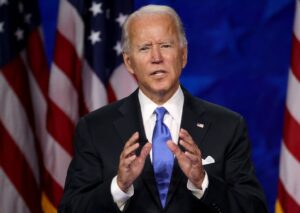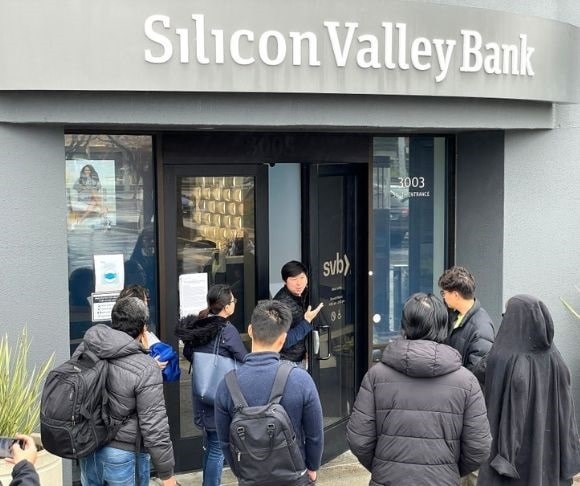Remember that weekend in March when the three arms of the US government sprang into emergency action faster than woke celebrities jumping on their latest cause and bailed out insured and uninsured depositors at Silicon Valley Bank – SVB — and Signature Bank? President Joe Biden and his administration told the American people this was necessary to protect mom and pop’s life savings, rescue small tech startups, and prevent contagion in the banking system. New federal documents reveal that officials were not being forthright with the public. In other news, today ends in the letter “y.”
SVB Depositors Bailed Out
The Federal Deposit Insurance Corporation (FDIC) accidentally released an unredacted document to Bloomberg News that revealed new details on which SVB customers benefited the most from the rescue plan. The FDIC requested that Bloomberg destroy and not share the depositor list, but the business news network did not comply.
So, what was disclosed? Confirmation that guaranteeing all accounts above the $250,000 deposit insurance limit aided many wealthy companies, contradicting the assertion by proponents. SVB’s largest depositor was Circle Internet Financial, the stablecoin firm behind USD Coin, which had $3.3 billion at the bank. The US government offered a backstop to venture capital firm Sequoia Capital, which had about $1 billion in uninsured deposits. Kanzhun Ltd., a tech firm owned by Chinese-based job-posting application Boss Zhipin, had its roughly $900 million in deposits protected by US taxpayers.
Here is a brief list of other affluent businesses that were made whole by the US government:
- Life Sciences startup Altos Labs Inc.: $680.3 million
- Payment firm Marqeta: $634.5 million
- Bank deposit services provider IntraFi Network: $410.9 million
- Fintech company Bill.com: $670 million
- SVB and SVB Financial Group: $4.6 billion
So, in total, Washington backstopped SVB’s ten wealthiest deposits to the tune of $12.75 billion.
Dude, Where’s My Bailout?

Joe Biden (Photo by Win McNamee/Getty Images)
President Biden and all the king’s men have insisted that this was not a bailout. But as the famous Chico Marx joke goes, “Who are you going to believe? Me or your own eyes?” Suffice it to say, when you have billion-dollar firms and rich depositors on the cusp of facing sharp losses and are now no longer bearing the brunt of their wrong choices because politicians and bureaucrats intervened, this is a bailout.
In addition to the debate over whether this was a bailout or not, the next topic of discussion is the creation of a moral hazard. SVB management failed to prepare for the Federal Reserve’s rising-rate environment and the executives were rewarded for this terrible decision-making with state intervention. Indeed, every bank can take comfort in the fact that they can take risks because they know they will be bailed out by Republicans and Democrats on Capitol Hill.
Meanwhile, as Liberty Nation has reported, the banking turmoil has yet to reach a conclusion. Deposit outflows remain steady, banks continue to tap into the Federal Reserve’s emergency lending facilities (bank term funding program), and the money supply has contracted at the fastest pace since the Great Depression. It is not surprising then that Treasury Secretary Janet Yellen keeps warning anyone who will listen that she anticipates more bank mergers later this year.
Talking Out of Both Sides
For the past couple of years, White House officials have been talking out of both sides of their mouths. The president who shrieks to the heavens that the wealthy need to pay their fair share advocates or signs legislation that extends billions of dollars to some of the richest corporations on the planet. In front of the teleprompter, Biden will proclaim that the most vulnerable need to be rescued by the state because of incompetence and mismanagement. But many are suspicious when it is large companies that get bailed out. The current administration wants to have its ice cream and eat it, too, probably because many of the principles of Bidenomics have been abject failures.




